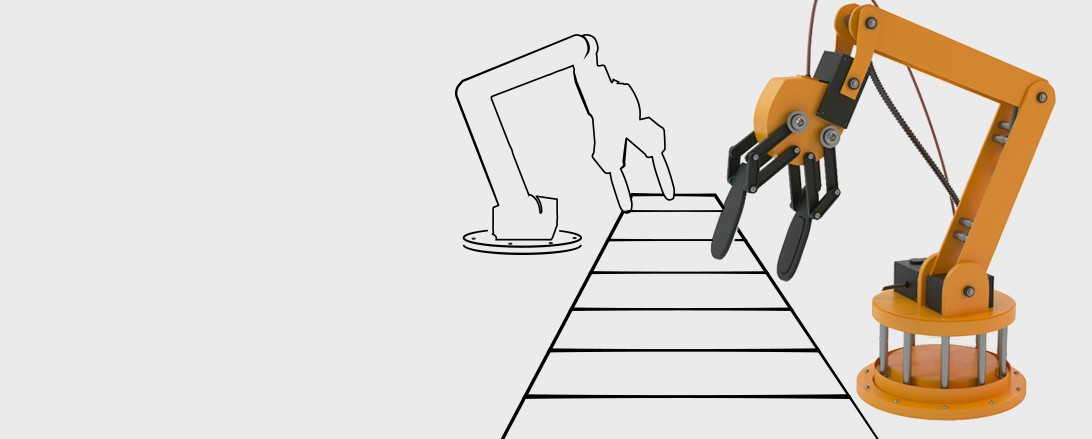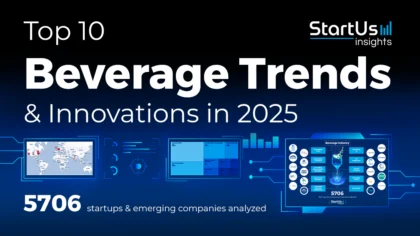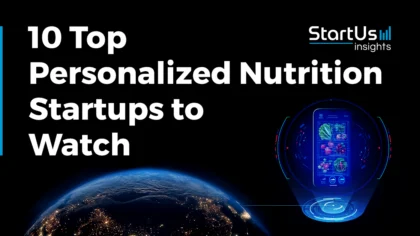Leverage our unparalleled data advantage to quickly and easily find hidden gems among 4.7M+ startups, scaleups. Access the world's most comprehensive innovation intelligence and stay ahead with AI-powered precision.
Craving a taste of the future? Demand for nutritious ingredients, product transparency, and environmentally-conscious sourcing have a powerful impact on product development and are currently dominating the food industry. These claims create a tightrope walk for companies in the industry and leave many uncertain in which changes to invest in.
We have made it our mission to identify key future players and their fields in various industries. For this breakdown of startup-driven innovation, we’ve conducted a thorough examination of 900+ startups disrupting the food industry. As the global food retail market adopts emerging technologies, new perspectives and innovative solutions along with startups are the driving forces of the future.











![Top 10 Alcohol Trends & Innovations [2025] | StartUs Insights](https://www.startus-insights.com/wp-content/uploads/2025/04/Alcohol-Trends-SharedImg-StartUs-Insights-noresize-420x236.webp)
